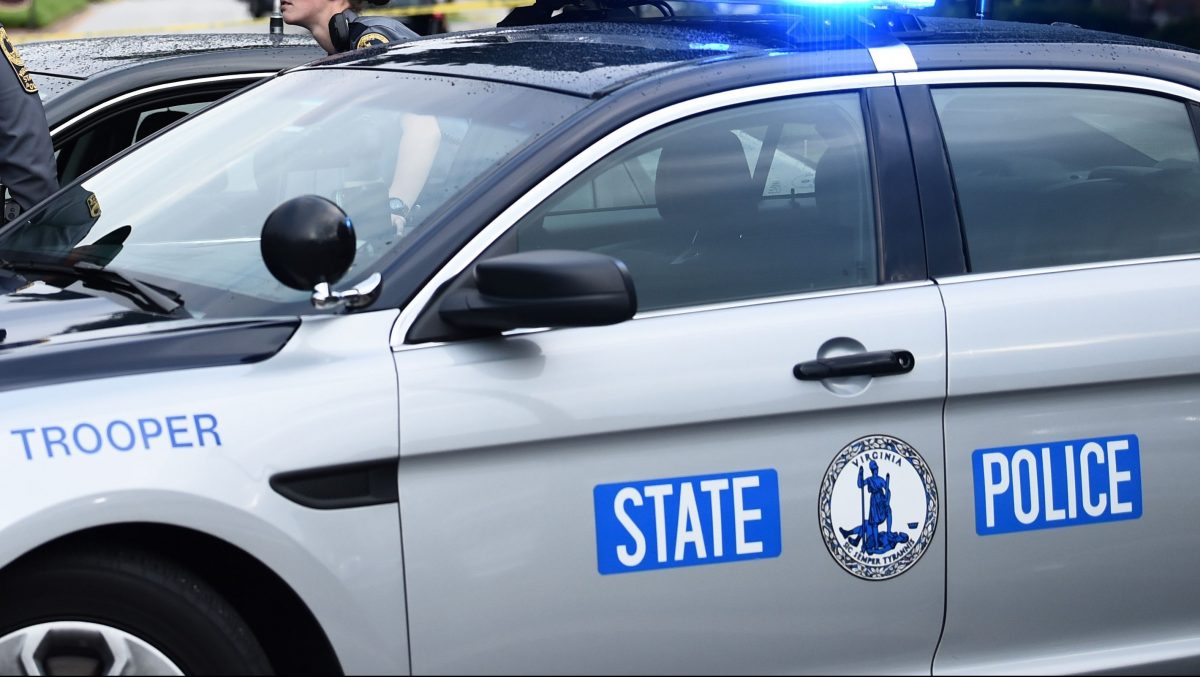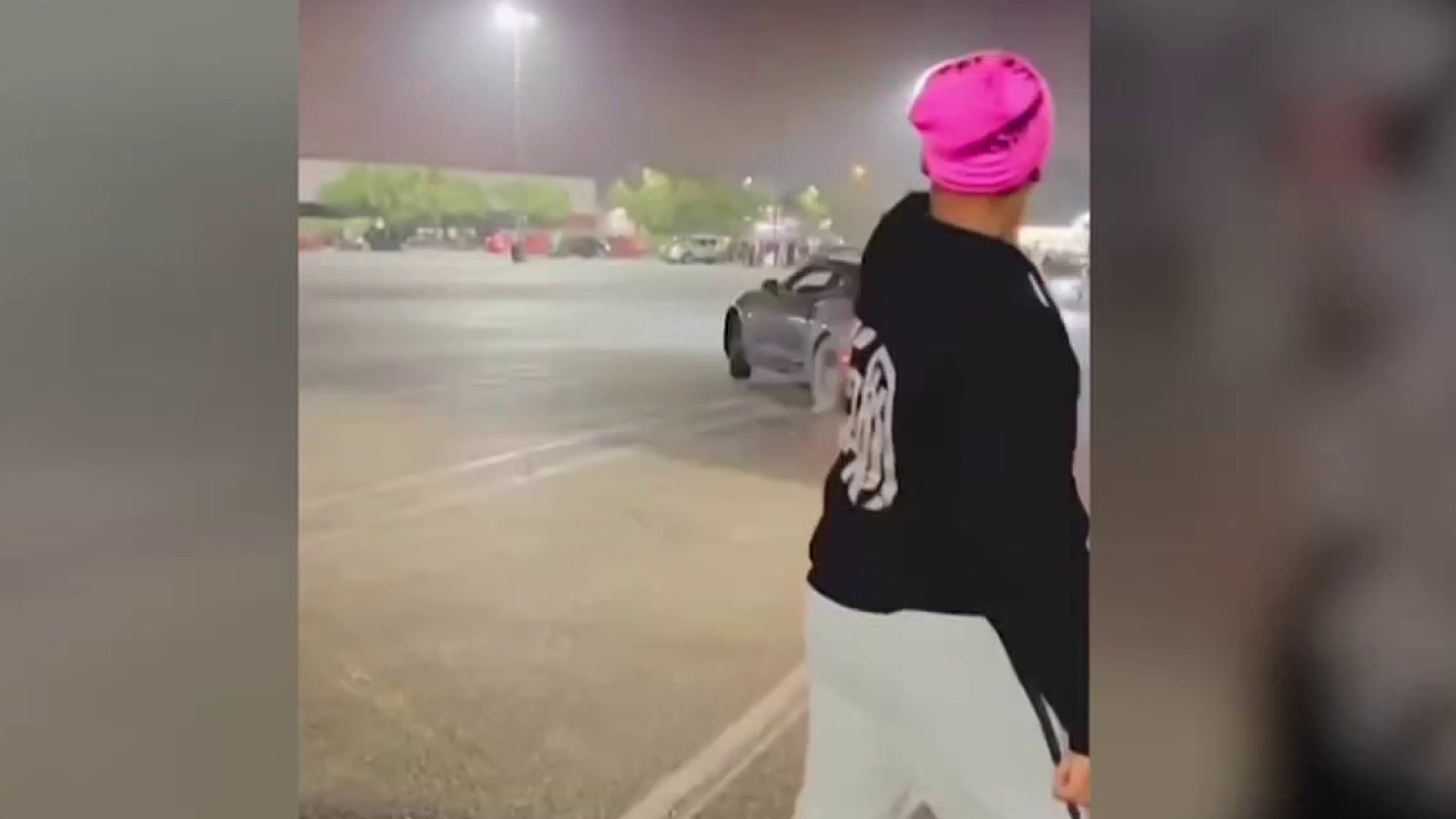Dozens of cyclists took to the streets of Washington, D.C., on Saturday to push for bike safety.
They set out from Dupont Circle in Northwest for a 3.5-mile ride to call attention to the need for protected bike lanes along some streets in the city.
The event came as D.C. leaders work to reduce pedestrian and bicycle crashes on the roads.
“The point of the ride today was to bring attention to the need for protected bike lanes, bikeways as we call them, on Q and R streets,” Richard Stirba, a volunteer for the Q&R Bikeway Project, said.
We're making it easier for you to find stories that matter with our new newsletter — The 4Front. Sign up here and get news that is important for you to your inbox.
Cycling has become more popular in the nation's capital: the Washington Area Bicyclists Association (WABA) cites a survey that finds about 5% of the city population bikes to work. That figure represents about 18,000 people–and that was before the pandemic. The figure has grown since then, and so has the number of bike lanes.
“You look at 15th Street, 20th Street, 17th, the [Metropolitan] Branch Trail… those are all really good at getting people from north of the city downtown, but so many people want to go cross town,” Garrett Hennigan, of WABA, said.
The last leg of the cyclists’ trek to Union Market included travel on Florida Avenue, which was perhaps the hairiest part.
Local
Washington, D.C., Maryland and Virginia local news, events and information
For example, the bike lanes along Q Street, a narrow street carrying eastbound traffic, are not protected. They’re lined-off lanes, but have no physical barrier separating the cyclists from the vehicular traffic.
“We say that DDOT should allocate street space to serve the public,” Stirba said.
Some of the public that doesn’t depend on cycling, however, says protected bike lanes hinder parking and curb access, and thus, access to businesses.
“We understand that there may be some changes to the allocation of curb space necessary to make a safe route, but we think a safe route is the most important thing,” Stirba said.
The traffic during Saturday’s ride was light due to the weekend. The route was planned with ice cream stops in mind, and participants got a frozen payoff at the end of the ride, too.
And so, the cyclists continue to push for a legislative answer to their pleas for better east-west travel, and a safer environment among the motorists with whom they must share the road.



